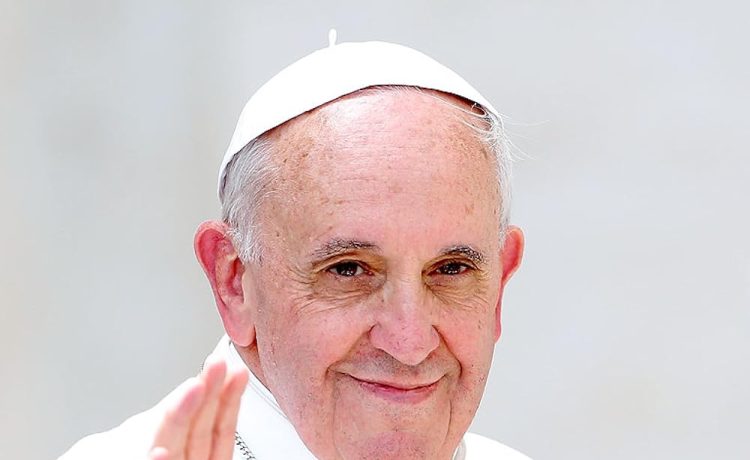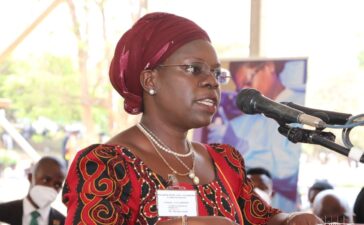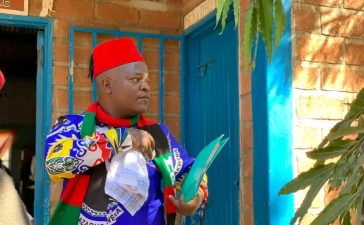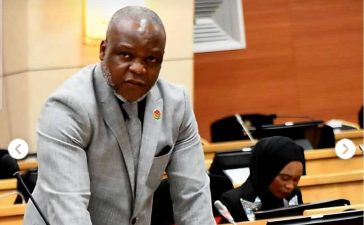The world is in mourning following the death of Pope Francis, born Jorge Mario Bergoglio, who passed away at 6:34 a.m. Vatican time after battling prolonged health issues, including pneumonia and kidney failure. He was 88 years old.
The Vatican confirmed his passing early this morning, initiating a deeply traditional and sacred process that dates back centuries: the formal preparations to choose the next leader of the Roman Catholic Church.
A Church in Mourning
Shortly after his death, the Vatican’s Camerlengo, Cardinal Kevin Farrell, performed the solemn ritual of confirming the pope’s death by calling out his name three times at his bedside. As tradition demands, the Pope’s Fisherman’s Ring, the symbol of his authority, was removed and ritually destroyed with a silver hammer to mark the official end of his papacy. His private papal apartments have now been sealed.
Pope Francis’s body will lie in state for three days in St. Peter’s Basilica, dressed in red liturgical robes and a white mitre, allowing faithful Catholics to pay their final respects. In accordance with his personal wishes, he will not be buried beneath St. Peter’s Basilica like most of his predecessors, but instead at the Basilica of Santa Maria Maggiore — a church in Rome he deeply cherished and visited more than 100 times during his pontificate.
The Conclave: Choosing the Next Pope
Following the funeral, expected within six days, attention will shift to the Sistine Chapel, where the secretive and powerful conclave will convene to elect the next Pope. The conclave is composed solely of Cardinals under the age of 80 — 138 out of the current 252 are eligible to vote.
The Cardinals will first celebrate a special Mass for guidance, then process into the Sistine Chapel chanting ancient prayers. Once inside, they swear solemn oaths of secrecy beneath Michelangelo’s legendary frescoes. All outsiders are locked out, and the doors sealed.
Each voting Cardinal writes a name on a small ballot, places it in a special urn, and takes an oath that their vote is made in good conscience. A two-thirds majority is required to elect a new Pope. After every round of voting, the ballots are burned: black smoke signals no decision has been made, while white smoke announces to the world that a new Pope has been chosen.
Once elected, the new Pope is asked: “Do you accept your election as Supreme Pontiff?” If he agrees, he chooses his new papal name. He then dons the white robes and emerges onto the balcony of St. Peter’s Basilica, where the famous words “Habemus Papam” — “We have a Pope” — are declared.
A Humble Legacy
Pope Francis, the first Jesuit and first Latin American to become Pontiff, was known for his humility, social justice advocacy, and efforts to reform the Church. From the slums of Buenos Aires to the Vatican, his leadership left a lasting mark on global faith and the modern papacy.
As the Catholic Church now begins its sacred process to choose his successor, the world reflects on a transformative pontificate — and awaits the white smoke that will signal a new chapter for 1.3 billion Catholics around the world.











